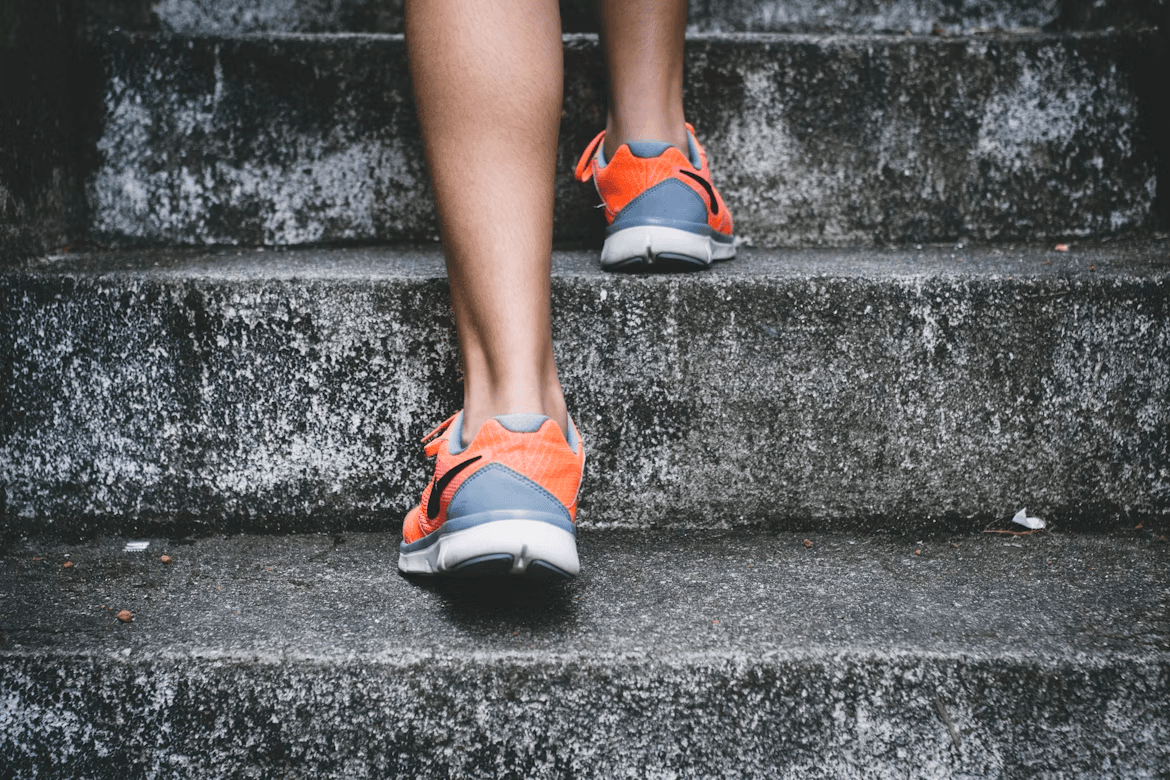With advancements in biofeedback, real-time data, and data analysis, health trackers continue to revolutionize the way we monitor our health. We break down what’s new, what real people say, and which trackers are worth your money in 2025.
Top Trackers in 2025 According to Real Users
We’ve combed through reviews on 3rd party review sites and major retailers to get the essential takeaways of what real users are saying.
Here’s what they love about the leading trackers this year:
- Fitbit Charge 6 offers reliable tracking with insights that are detailed, but not overwhelming. Light, budget-friendly, and perfect for daily usage.
- Apple Watch Series 10 gets praise for its depth of health features—but also earns criticism for its hefty price tag. If you’re an Apple ecosystem loyalist, it’s hard to beat.
- Strava Premium, while excellent for runners and cyclists, has users split on whether it’s worth paying monthly for data they can partially track for free.
- MyFitnessPal Premium wins as the go-to app for food tracking, many users feel the free version meets most of their needs.
What users agree on is this: trackers that allow customization and respectful notifications tend to be the go-to choices.
Compare health trackers
Health Tracker Comparison 2025
| # | Tracker | Best For | Price (USD) | Subscription | Battery Life | Key Features | Real-User Rating (1–5) |
|---|---|---|---|---|---|---|---|
| 1 | Oura Ring Gen 3+ | Sleep & Recovery | 299 | $5.99/mo | 4–7 days | Sleep Staging, HRV, Temp, Readiness Score | 4.6 |
| 2 | Apple Watch Series 9 | All-in-One Health | 399 | Optional | 18–36 hours | ECG, SpO2, Fitness+, Notifications | 4.7 |
| 3 | WHOOP 4.0 | Athlete Recovery | 0 | $30/mo | 4–5 days | Strain Score, Recovery, HRV, No Screen | 4.3 |
| 4 | Garmin Forerunner 265 | Outdoor Training | 449 | None | 13–15 days | GPS, VO2 Max, Advanced Performance Metrics | 4.5 |
| 5 | Fitbit Charge 6 | Budget Fitness | 159 | Optional | 6–7 days | Sleep Tracking, HR, Stress Mgmt, Google Fit | 4.2 |
How to choose a tracker that works for you
- Know your goals: Energy, sleep, stress, or training? Narrow down the must-have features that support your routine.
- Consider comfort and wearability: You’ll have this on potentially most or all of the time.
- Decide if you’re okay with a monthly subscription: What are you willing to pay to access after you purchase the device?
- Look for data export features if you want long-term access: Owning your raw body data is part of the OneVital ethos of bodily autonomy. Check for syncing with other apps as well.
The 2025 state of wearables
Wearables in 2025 are smarter, but also noisier. Key shifts include:
- More live biometrics: Wearables are delivering real-time glucose levels, skin temperature, hydration tracking, and a whole host of other metrics that help you understand your biomarkers. They’re turning into on-demand health coaches right on your wrist.
- Subscription models becoming the norm: Watch out for key features behind monthly paywalls.
- Predictive AI trying to anticipate recovery needs or illness: Make sure the manufacturer you choose is committed to R&D and making their products smarter, not just noisier.
- Respectful notifications: We believe individuals should be able to get information about their body when they need it, and make informed decisions themselves.
What users love:
- Insightful sleep tracking
- Recovery/readiness scores
- Long battery life on some models
What they don’t:
- Locked features behind paywalls. More and more, consumers are faced with having to pay twice — once for the device and again to access the data.
- Data overload. What do you do with all of these numbers? Many users want insights, not raw numbers that they have to interpret.
- Spotty accuracy in steps/calories. Paying a subscription fee seems like a tough sell if the tracking isn’t accurate.
- Disorganized notifications. One anonymous user in our research interview expressed frustration over the Apple Watch’s limited notifications — “it just tell me to stand up every hour.”
Health tracker red flags to watch for
- Confusing data or unclear metrics
- Unreliable HR or sleep tracking
- Poor app experience
- Hidden costs
- No data export or customer support
Alternatives to wearables
Not into rings or wristbands? You still have options
- Phone-based tracking apps
- Smart scales
- Lab test integrations
- Early-stage smart clothing
In 2025, the best tracker is the one that works with your habits, not against them. Before you hit “buy,” think about what insights you actually want. If it helps you feel better, sleep better, or move more, great. If it just adds stress, it’s not worth it.
